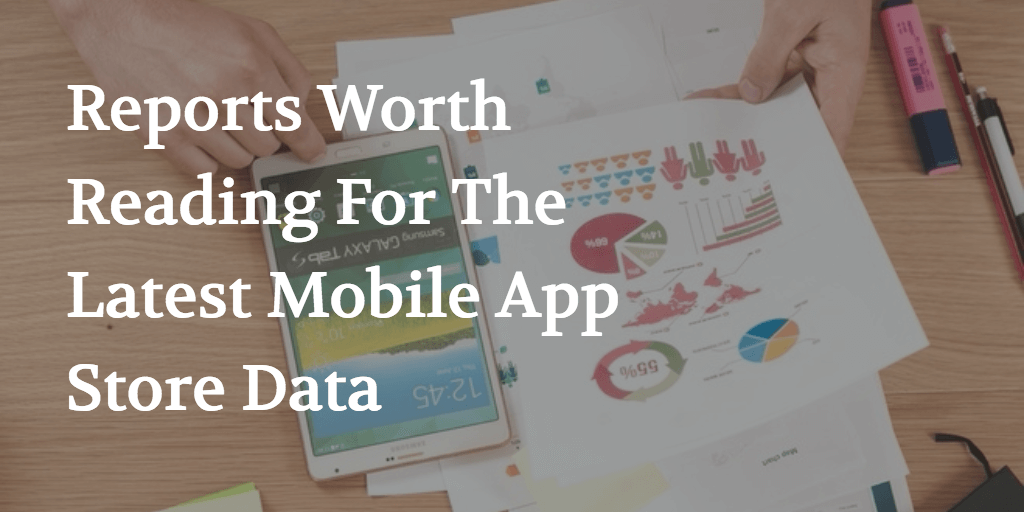
What Marketing Services Should You Expect From an App Agency?
Posted on April 9th, 2016
With so many
Want more ASO Tips?
Contact Us

With so many

Although there are many sources reviewing and opining on mobile app data, there are a few exceptional

There is a lot for mobile marketers and gamers to be excited about as 2016 unfolds! With a whopping 41% of apps downloaded in 2015 being game apps, mobile marketers wishing to capitalize on the latest trends within the app economy would do well to pay attention to current mobile gaming trends and habits. Many of these trends were highlighted and discussed at the annual Game Developers Conference (GDC), held in San Francisco. The conference was attended by approximately 30,000 persons (including gamers, marketers and hangers on) and was streamed online. We feature some of the major highlights of GDC 2016 below. GDC 2016 highlights mobile marketers should make note of Some of the significant emerging ad and mobile technology trends to watch in 2016, as announced at the GDC 2016, include: 1. Virtual Reality (VR) taking center stage Unsurprisingly, VR was hands down the hottest topic at GDC 2016. VR for mass market consumption has been a development issue on the mobile gaming table seemingly forever. Well, the wait is finally over, as October 2016 is expected to be the time of unveiling. As far as the practical application of the feature is concerned, the following can be expected:

Pause to look around and you'll see the same thing practically everywhere you go -- people staring into their phones. For companies trying to promote products or services, these people are all potential customers. If developed correctly, a strong

If you intend to design an iOS app, you must abide by Apple's user interface guidelines. The most important iOS human interface guidelines include:

Using the right app

The Google Mobile App Analytics tool enables app developers and marketers to track a wide range of metrics as well as gather and use data on other analytics platforms. However, first time users of Google's feature-rich analytics solution may face difficulties selecting the metrics to track from the many options available. As such, marketers and developers should focus on the following metrics:

You've spent months, perhaps even years, developing an app that you know is the best thing since sliced bread. Your team has poured heart and soul into this project and cannot wait until launch day. However, without an effective pre-launch strategy for your app, it will more than likely flop. To be sure your app launch goes swimmingly, follow these top 5 steps for app launch success and mobile app promotion.

One way developers can stay ahead of the competition in today's highly competitive business environment is by incorporating data-driven solutions into their mobile apps. Luckily, developers can access a whole host of free and premium mobile analytics tools. With that in mind, here is a look at four awesome free mobile analytics services.

While there are plenty of tools for tracking app performance, iTunes App Analytics stands out from the crowd for a number of reasons. The following information can help you see what this program does, how it works and what its strong and weak points are.

From marketing your mobile app to reaching your target audience on their smartphones in any app, taking advantage of the breadth of opportunities in mobile requires the right software tools. Finding the best mobile marketing software tools begins with an understanding of where the mobile opportunities are - which could mean in-app SDKs or software used externally like app store intelligence data.

Acquiring relevant users organically in app store search is the primary focus of app store optimization.